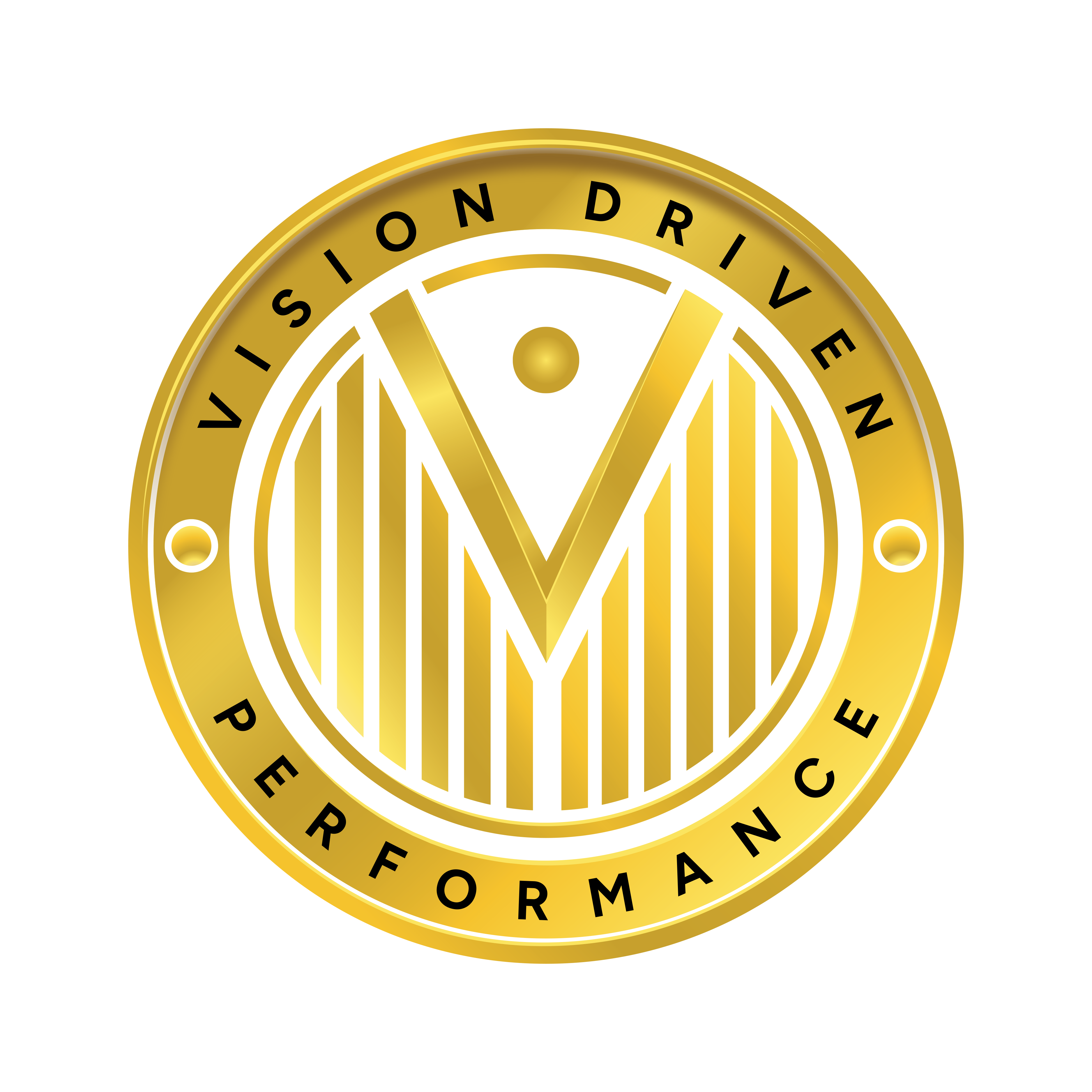Strategic planning is a vital process that guides organizations in setting goals, making decisions, and allocating resources to achieve long-term success. It involves a systematic approach to assessing internal and external factors, defining objectives, and developing actionable strategies.
Let’s explore the three key stages involved in strategic planning
1. Analysis and Assessment
The first stage of strategic planning involves conducting a comprehensive analysis and assessment of the organization’s internal capabilities and external environment. This includes…
- Internal Analysis – Evaluate the organization’s strengths, weaknesses, resources, and core competencies. Assess factors such as financial performance, operational efficiency, human capital, and organizational culture. Conduct tools like SWOT analysis (Strengths, Weaknesses, Opportunities, Threats) to identify key areas for improvement and competitive advantages.
- External Analysis – Analyze the external factors that may impact the organization’s success, including market trends, industry dynamics, competitive landscape, regulatory environment, technological advancements, and socio-economic trends. Use tools like PESTLE analysis (Political, Economic, Social, Technological, Legal, Environmental) to identify opportunities and threats in the external environment.
- Stakeholder Analysis – Identify and engage with key stakeholders, including customers, suppliers, partners, investors, employees, government agencies, and community members. Understand their needs, expectations, and concerns to inform strategic decision-making and build strategic alliances.
2. Strategy Formulation
Once the analysis and assessment stage is complete, the next step is to formulate a clear and coherent strategy that aligns with the organization’s mission, vision, and objectives. This involves…
- Setting Goals and Objectives – Define specific, measurable, achievable, relevant, and time-bound (SMART) objectives that reflect the organization’s desired outcomes and priorities. Establish clear goals that address key areas such as revenue growth, market share, customer satisfaction, innovation, and sustainability.
- Developing Strategies – Identify strategic initiatives and actions to achieve the defined objectives. This may involve pursuing opportunities, mitigating risks, leveraging strengths, addressing weaknesses, and responding to competitive threats. Develop strategies for areas such as market expansion, product development, operational excellence, talent management, and risk management.
- Allocating Resources – Determine the resources required to implement the chosen strategies, including financial resources, human capital, technology, and infrastructure. Prioritize resource allocation based on the strategic importance and potential impact of each initiative. Ensure alignment between resource allocation and strategic priorities to maximize effectiveness and efficiency.
3. Implementation and Execution
The final stage of strategic planning is the implementation and execution of the chosen strategies. This involves…
- Action Planning – Develop detailed action plans outlining the tasks, responsibilities, timelines, and milestones for implementing each strategic initiative. Assign accountability and establish clear communication channels to ensure coordination and alignment across the organization.
- Monitoring and Evaluation – Continuously monitor progress towards strategic goals and objectives, tracking key performance indicators (KPIs) and milestones. Evaluate the effectiveness of implemented strategies, identifying successes, challenges, and areas for improvement. Adjust strategies and action plans as needed based on feedback, changing circumstances, and emerging opportunities or threats.
- Organizational Alignment – Foster a culture of alignment, accountability, and continuous improvement throughout the organization. Engage employees at all levels in the strategic planning process, communicating the vision, goals, and strategies and empowering them to contribute their ideas and efforts towards achieving success.
Strategic planning is a dynamic and iterative process that guides organizations in navigating uncertainty, seizing opportunities, and achieving their long-term objectives. By following the three key stages of analysis and assessment, strategy formulation, and implementation and execution, organizations can develop robust strategic plans that drive sustainable growth, innovation, and competitive advantage. Embrace strategic planning as a continuous journey of learning, adaptation, and improvement, and position your organization for success in an ever-changing business landscape.





